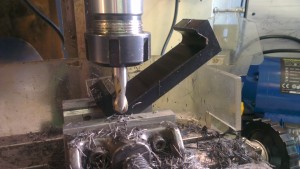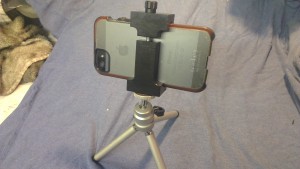I have an interest in photography, I use a Canon 600D for my main photo shoots but I also use my HTC one X smart phone regularly, and get some great results from it. Most of the photos on these pages are from the HTC one X.
I recently fancied doing some time lapse photography, I had a choice of using the Canon but decided to buy the Lapse-it pro app for Android for under £2 (if you have an iPhone 6 it has time lapse built in!). To do time lapse, a tripod and mount is required. So here it is, made from black Acetal rod, milled out to shape with a clamp nut also made from Acetal it works a treat.
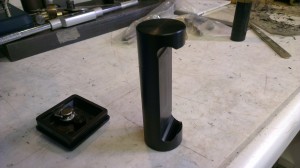
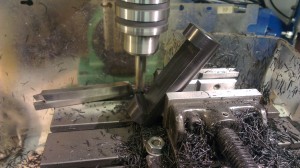
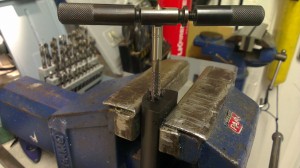

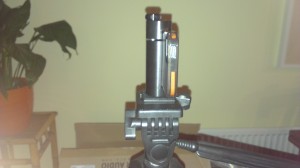
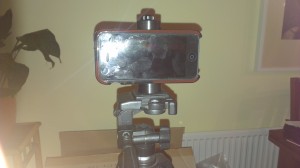
OK so far so good! now to do some time lapse!
If you are wondering about the 1/4″ x 20tpi Whitworth thread, this is the world standard for camera mounts, it has the necessary depth of thread with a good coarse pitch, and is ideal for use with plastics, whereas coarse metric threads do not have the same rough pitch or depth.
Update 17th January 2016: I have recently made version two of this mount for a friend. Made out of a flat piece of black Acetal block, it is similar in operation but is slimmer and more compact.
